Animal species face threats from various natural and human-induced factors. Over the centuries, countless species have vanished due to environmental changes, habitat destruction, hunting, and pollution. Today, the number of endangered species is alarming, and the need for conservation efforts has never been more critical.
This article explores the top reasons why animals become endangered, highlighting the key factors contributing to their decline and the importance of addressing these challenges.
Habitat Destruction
Urbanization and Deforestation
The rapid expansion of human settlements leads to deforestation and loss of natural habitats. Forests, wetlands, and grasslands are often cleared to build cities, farms, or roads, leaving animals without homes.
| Habitat Type | Percentage Lost Globally (2024) |
|---|---|
| Forests | 31% |
| Wetlands | 35% |
| Coral Reefs | 50% |
Agricultural Expansion
The demand for food increases with population growth, resulting in agricultural activities encroaching upon animal habitats. Monoculture farming and cattle grazing often replace biodiverse ecosystems.
Mining and Resource Extraction
Mining for minerals, oil, and gas disrupts ecosystems and contaminates the surrounding environment. These activities not only destroy habitats but also introduce pollutants into ecosystems, harming wildlife.
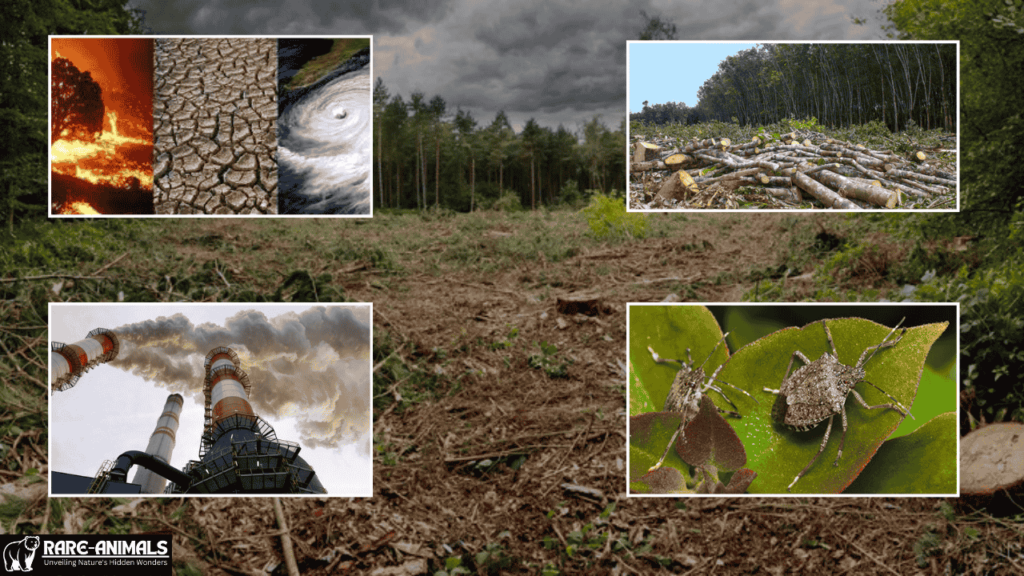
Climate Change
Rising Temperatures
Global warming leads to shifting ecosystems. Many species, particularly those in polar regions, struggle to adapt to rising temperatures.
Sea-Level Rise
Coastal and marine species face threats from rising sea levels, which erode habitats such as mangroves and coral reefs.
| Species | Threat from Climate Change |
| Polar Bears | Loss of sea ice |
| Sea Turtles | Nesting areas affected by rising tides |
| Coral Species | Bleaching due to increased ocean warmth |
Extreme Weather Events
Frequent storms, droughts, and floods destroy habitats and force animals to migrate, often leading to population decline.
Pollution
Plastic Pollution
Marine animals, such as turtles and whales, often mistake plastic for food, leading to ingestion and death. Plastic debris also entangles and injures aquatic species.
Chemical Contaminants
Industrial and agricultural chemicals contaminate water, soil, and air. This bioaccumulation affects food chains and impacts predator and prey species alike.
| Pollutant Type | Common Sources | Affected Species |
| Plastics | Waste management | Marine animals, seabirds |
| Pesticides | Agriculture | Amphibians, insects |
| Heavy Metals | Mining, industries | Aquatic animals, mollusks |
Overexploitation
Hunting and Poaching
Illegal hunting for fur, ivory, or traditional medicine contributes significantly to population declines. Iconic species like elephants, tigers, and rhinos are severely affected.
Overfishing
Excessive fishing depletes marine populations, disrupting food chains and endangering species like tuna, sharks, and dolphins.
Pet Trade
The demand for exotic pets leads to the capture and smuggling of wild animals, many of which die during transportation or struggle to survive in captivity.
| Species | Exploitation Type | Current Status |
| African Elephants | Ivory poaching | Endangered |
| Bluefin Tuna | Overfishing | Critically Endangered |
| Pangolins | Illegal wildlife trade | Critically Endangered |
Invasive Species
Introduction of Non-Native Species
Humans often introduce invasive species into ecosystems, either accidentally or intentionally. These species outcompete native wildlife for resources, spread diseases, and disrupt ecological balance.
Case Study: Cane Toad in Australia
Originally introduced to control pests, the cane toad became an invasive species, poisoning native predators and competing for food with local species.
| Invasive Species | Native Ecosystem | Impact |
| Zebra Mussels | Freshwater lakes | Outcompete native mussels |
| Burmese Python | Florida Everglades | Prey on native mammals |
| Asian Carp | US Rivers and Lakes | Disrupt aquatic ecosystems |
Disease
Spread of Wildlife Diseases
Diseases like white-nose syndrome in bats and chytridiomycosis in amphibians decimate populations.
Human Influence
The introduction of diseases through domestic animals or human activity exacerbates the spread of illnesses among wildlife.
| Disease | Affected Species | Mortality Rate |
| White-Nose Syndrome | Bats | Up to 90% in affected colonies |
| Chytridiomycosis | Amphibians | Population-level declines |
| Canine Distemper | Big cats, seals | High in affected populations |
Loss of Genetic Diversity
Small Populations
Species with limited populations often experience inbreeding, leading to reduced genetic diversity and increased vulnerability to diseases and environmental changes.
Human Interventions
Activities like selective breeding and habitat fragmentation isolate populations, reducing genetic exchange and resilience.
| Species | Genetic Challenge | Conservation Efforts |
| Cheetahs | Low genetic diversity | Captive breeding programs |
| Florida Panthers | Inbreeding depression | Genetic rescue initiatives |
Natural Causes
Natural Disasters
Events like volcanic eruptions, earthquakes, and tsunamis can destroy habitats and lead to immediate population declines.
Evolutionary Pressures
Natural competition and predator-prey dynamics occasionally push species towards extinction, especially when combined with other stressors.
Conclusion
Animals become endangered due to a combination of natural and human-induced factors. While habitat destruction, climate change, and pollution are significant contributors, overexploitation, invasive species, and loss of genetic diversity exacerbate the problem.
Addressing these challenges requires global cooperation, awareness, and robust conservation measures. Governments, communities, and individuals all play a vital role in preserving biodiversity for future generations.
Understanding the reasons behind endangerment is the first step towards protecting our planet’s incredible wildlife.
FAQs
What is the primary cause of animal endangerment?
Habitat loss is the most significant threat to animal populations worldwide. Human activities like deforestation, urban development, and agricultural expansion destroy or fragment natural habitats, leaving animals with insufficient space to live, hunt, and reproduce.
How does climate change impact animal populations?
Climate change disrupts ecosystems by altering temperatures, precipitation patterns, and food availability. Many species struggle to adapt to rapid environmental changes, leading to reduced breeding success, migration challenges, and increased vulnerability to extinction.
How do invasive species contribute to animal endangerment?
Invasive species compete with native animals for resources, prey on local wildlife, and introduce new diseases. These non-native organisms can quickly disrupt delicate ecological balances, threatening the survival of indigenous species.
Can pollution really cause animal endangerment?
Yes, pollution significantly impacts animal populations. Chemical pollutants, plastic waste, and industrial runoff can poison water sources, contaminate food chains, cause reproductive issues, and lead to long-term health problems for various species.
Can disease impact animal endangerment?
Absolutely. Diseases can spread rapidly through animal populations, especially when their habitats are fragmented and populations are already stressed. Some species become more susceptible to diseases due to weakened immune systems caused by environmental changes.

Alveena is an experienced content writer with a knack for crafting engaging and insightful pieces. She thrives on breaking down complex ideas and presenting them as clear, captivating content that resonates with readers.

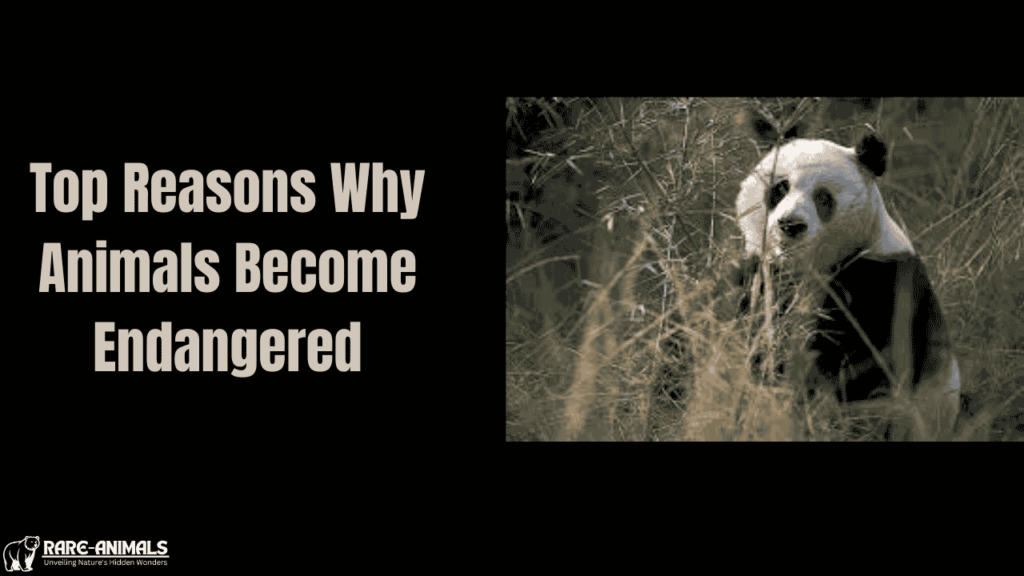
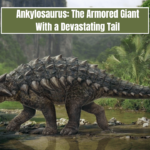
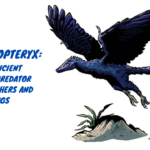

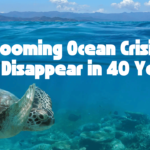
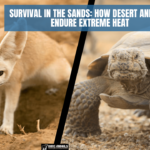

10 thoughts on “Top Reasons Why Animals Become Endangered”